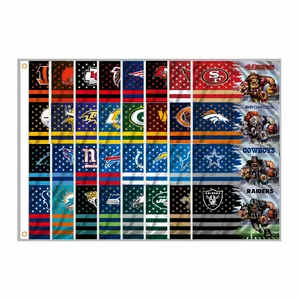Introduction to State Flag USA
State flags in the USA are unique symbols representing each state within the Union. They carry after them rich histories, cultural significance, and distinct designs that reflect the diverse heritage and values of the individual states. The state flag of the USA not only serves as an emblem of pride for residents but also acts as a reminder of the foundation and future aspirations of each state. In this description, we'll explore the types, features, applications, and advantages of state flags in the USA, ensuring you gain comprehensive knowledge about these important national icons.
Types of State Flag USA
There are multiple designs utilized across the USA, each depicting the distinct identity of the state it represents. The types of state flags include:
- Historical Flags: Many states utilize historical flags that recall their origins and notable events in their history.
- Symbols of State Identity: Some flags incorporate significant state symbols, such as wildlife or state flowers, encapsulating the local culture and environment.
- Scenic Designs: Flags that showcase geographical features, like mountains, rivers, or landmarks, provide a glimpse into the natural beauty of the state.
- Official State Colors: State flags often feature designated colors that are representative of the state's official palette.
Function and Feature of State Flag USA
The functional aspect of a state flag transcends mere decoration; it serves numerous important purposes:
- Symbol of Unity: Each state flag acts as a beacon of unity amongst its residents, enhancing state pride and community spirit.
- Territorial Representation: The flag signifies territorial bounds, making it clear which state is being represented or celebrated.
- Educational Tool: State flags serve as an educational resource, helping residents and visitors learn about the state's history and values.
- Event and Ceremony Usage: Flags are prominently displayed during official events and ceremonies, promoting state identity and heritage.
Applications of State Flag USA
The applications of state flags are broad and varied, significantly contributing to cultural and civic representations:
- Public Buildings and Spaces: State flags are often flown atop government buildings, courthouses, and schools as a sign of local governance and authority.
- Festivals and Events: They are frequently showcased during state fairs, parades, and sporting events to enhance local pride.
- Educational Institutions: Many schools incorporate the state flag into curricula to teach students about their state's identity and civic responsibilities.
- Home Decoration: Residents often display state flags in their homes or workspaces to represent their background and loyalty to their state.
Advantages of State Flag USA
The use of state flags comes with several advantages that enhance their importance in society:
- Promotes State Identity: State flags foster a sense of belonging and identity among inhabitants, particularly newcomers.
- Cultural Pride: They encourage cultural pride by acknowledging historical achievements and milestones unique to the state.
- Universal Recognition: State flags are easily recognizable symbols that promote understanding and unity across regional and national lines.
- Versatile Display: From stickers and car decals to clothing and home decor, state flags can be incorporated into various forms of expression.




































 Ready to Ship
Ready to Ship



 Ready to Ship
Ready to Ship



 Ready to Ship
Ready to Ship